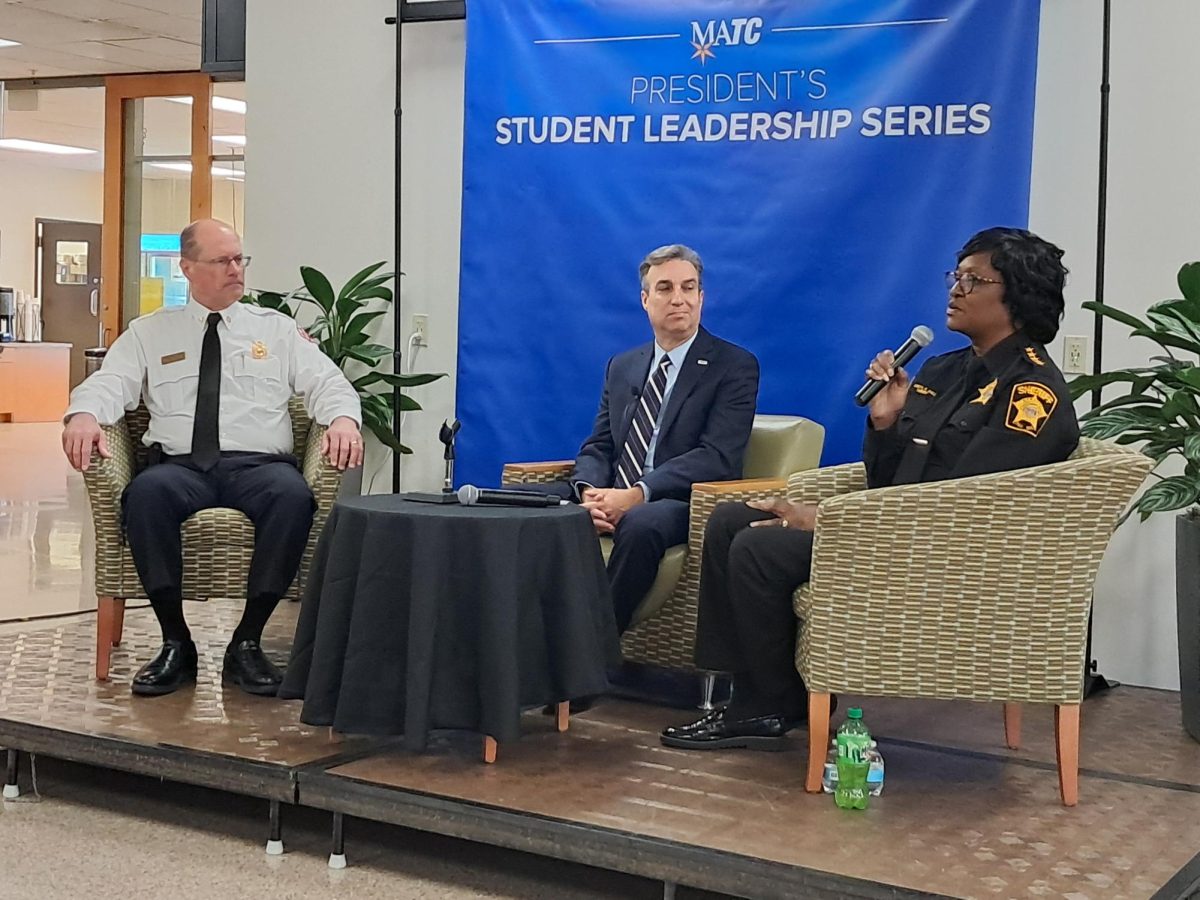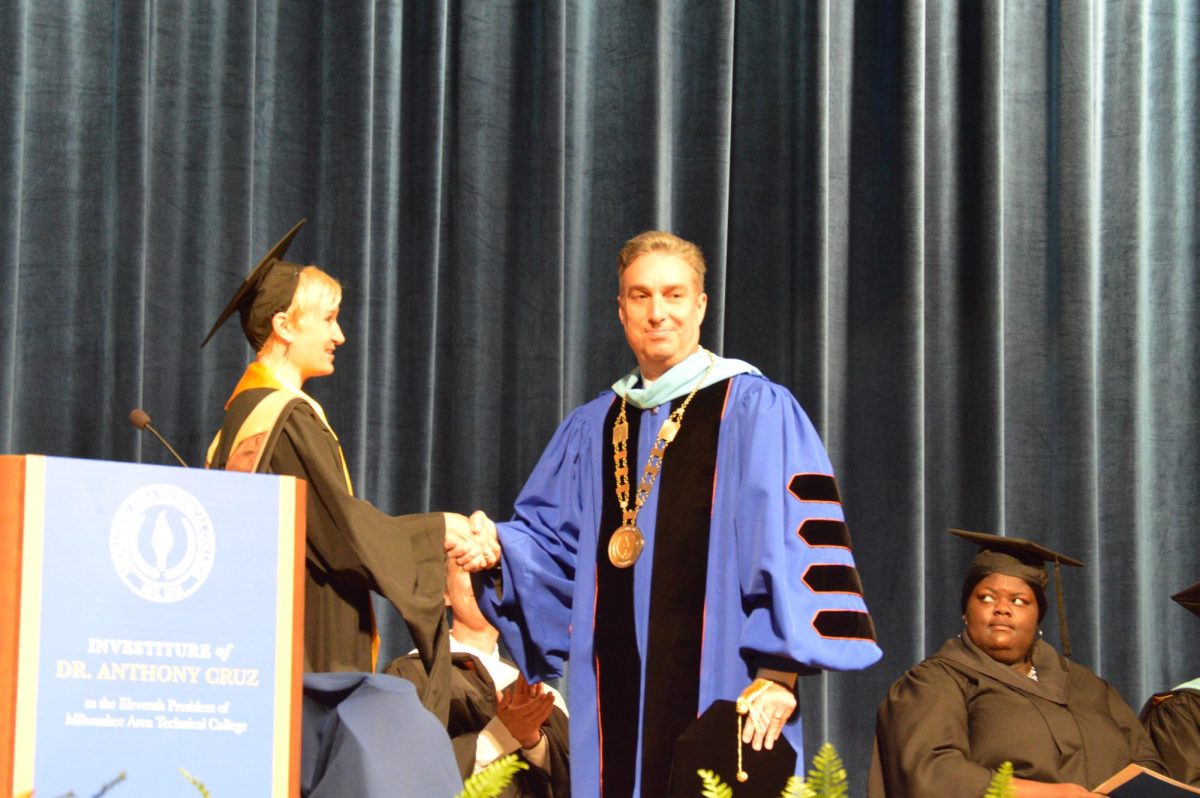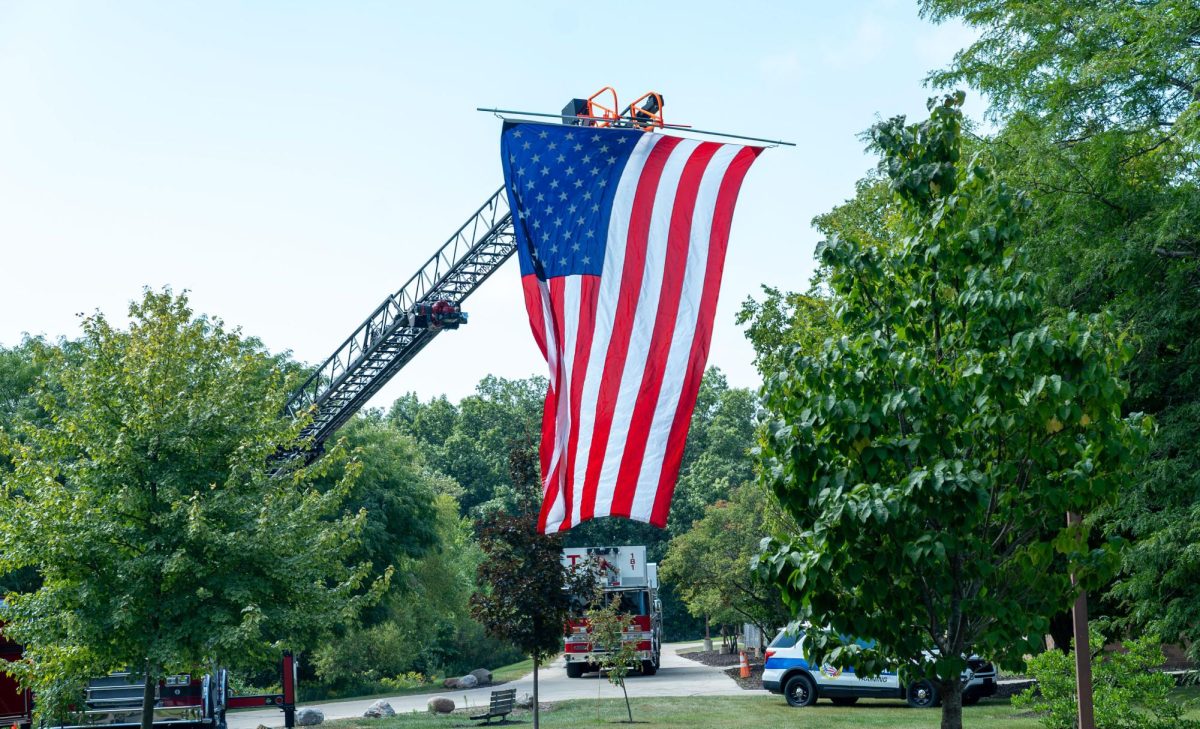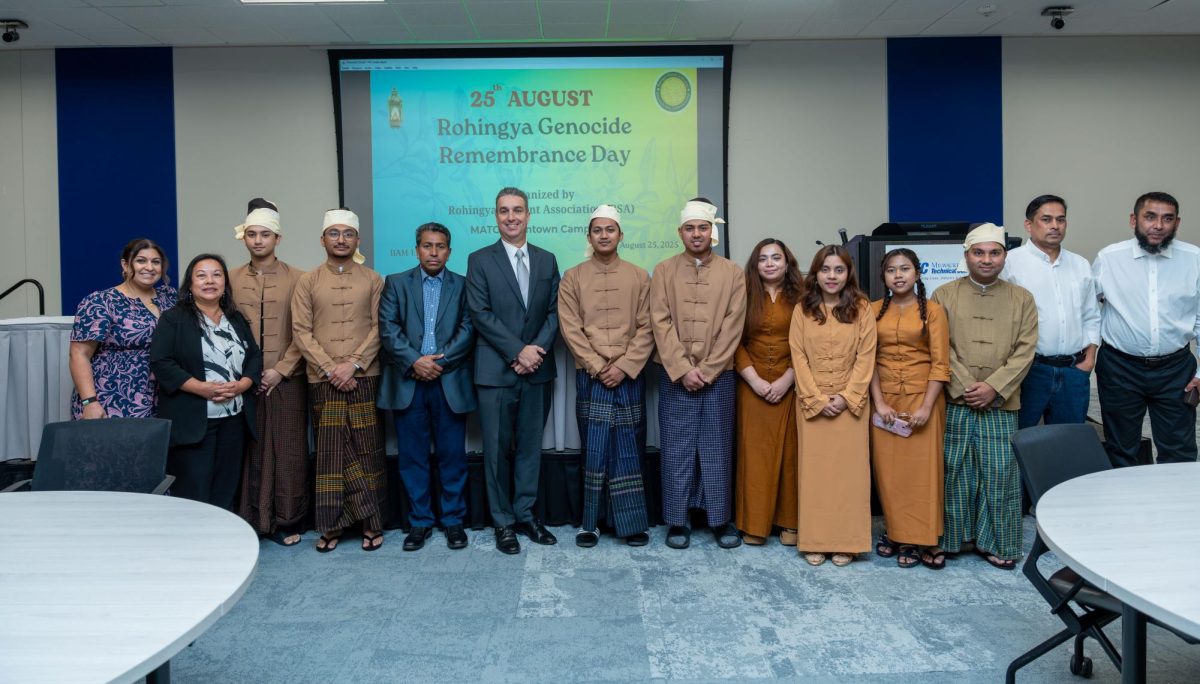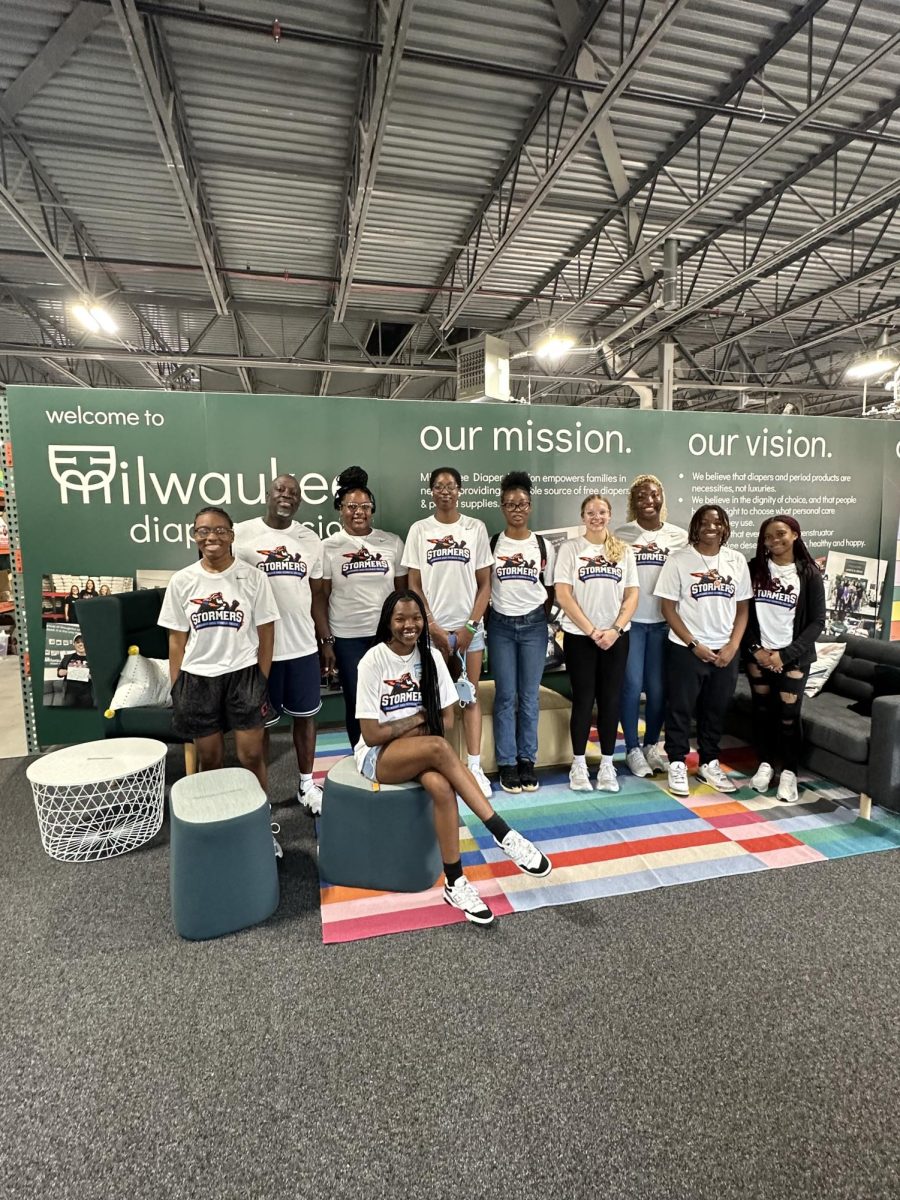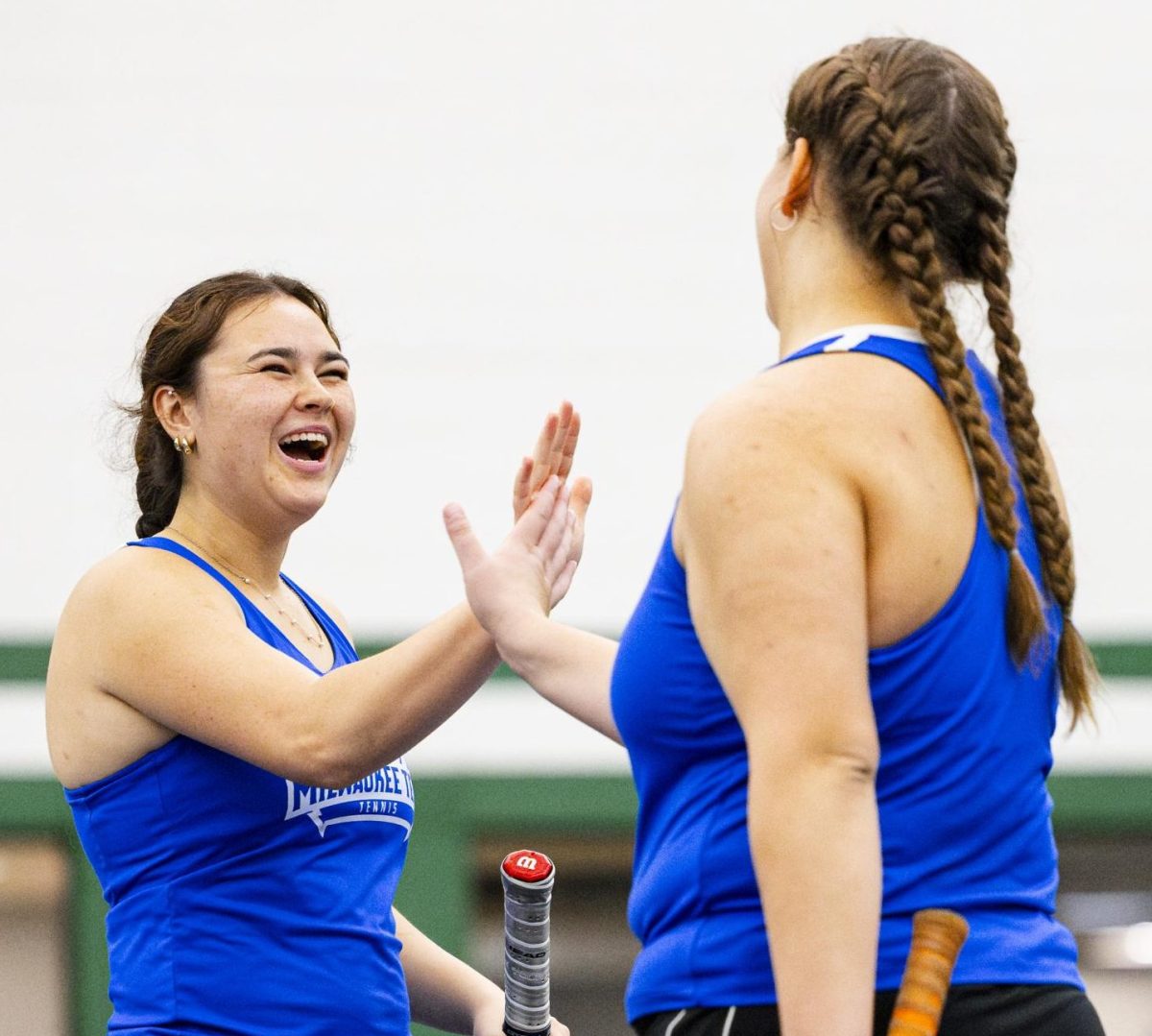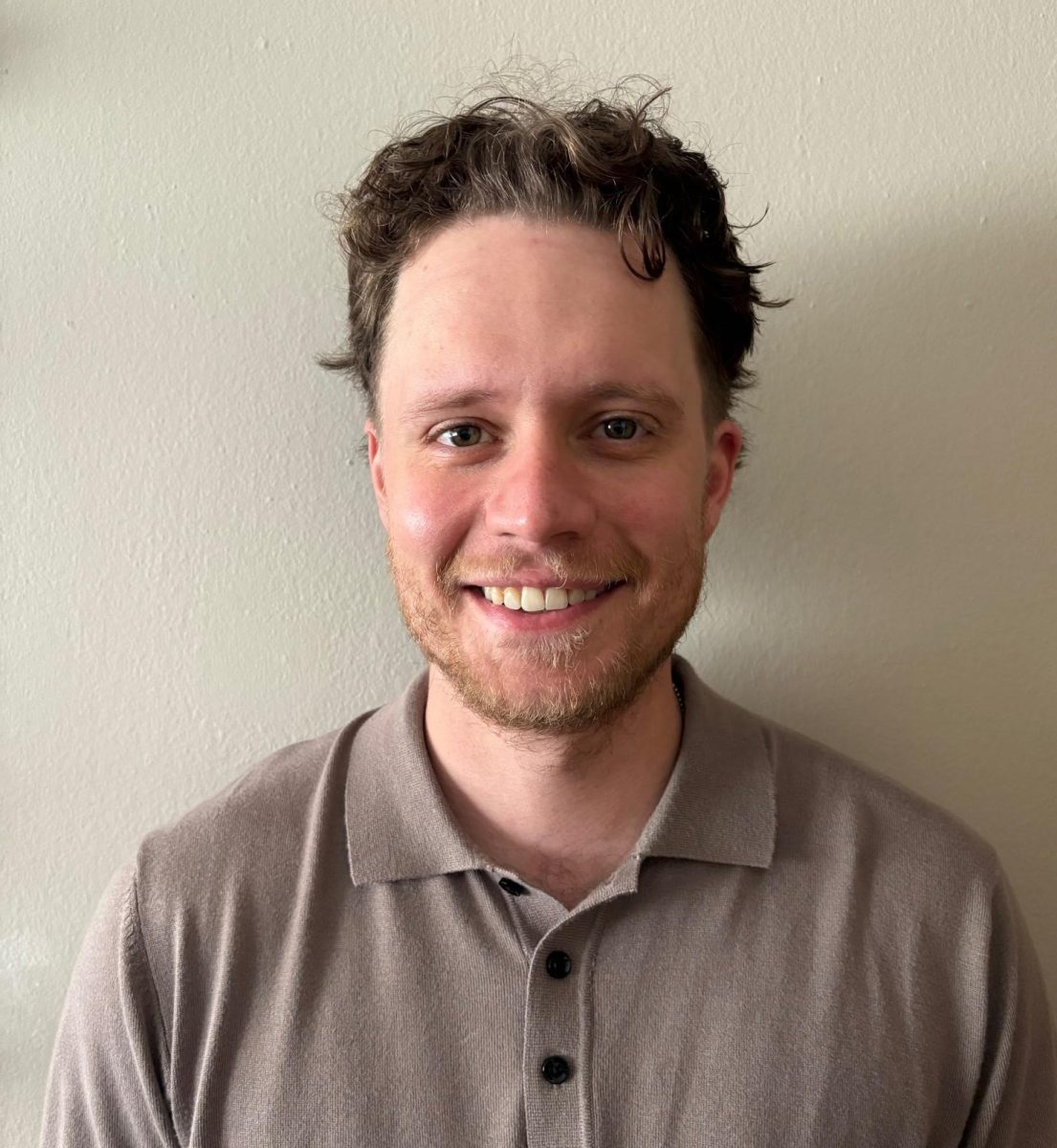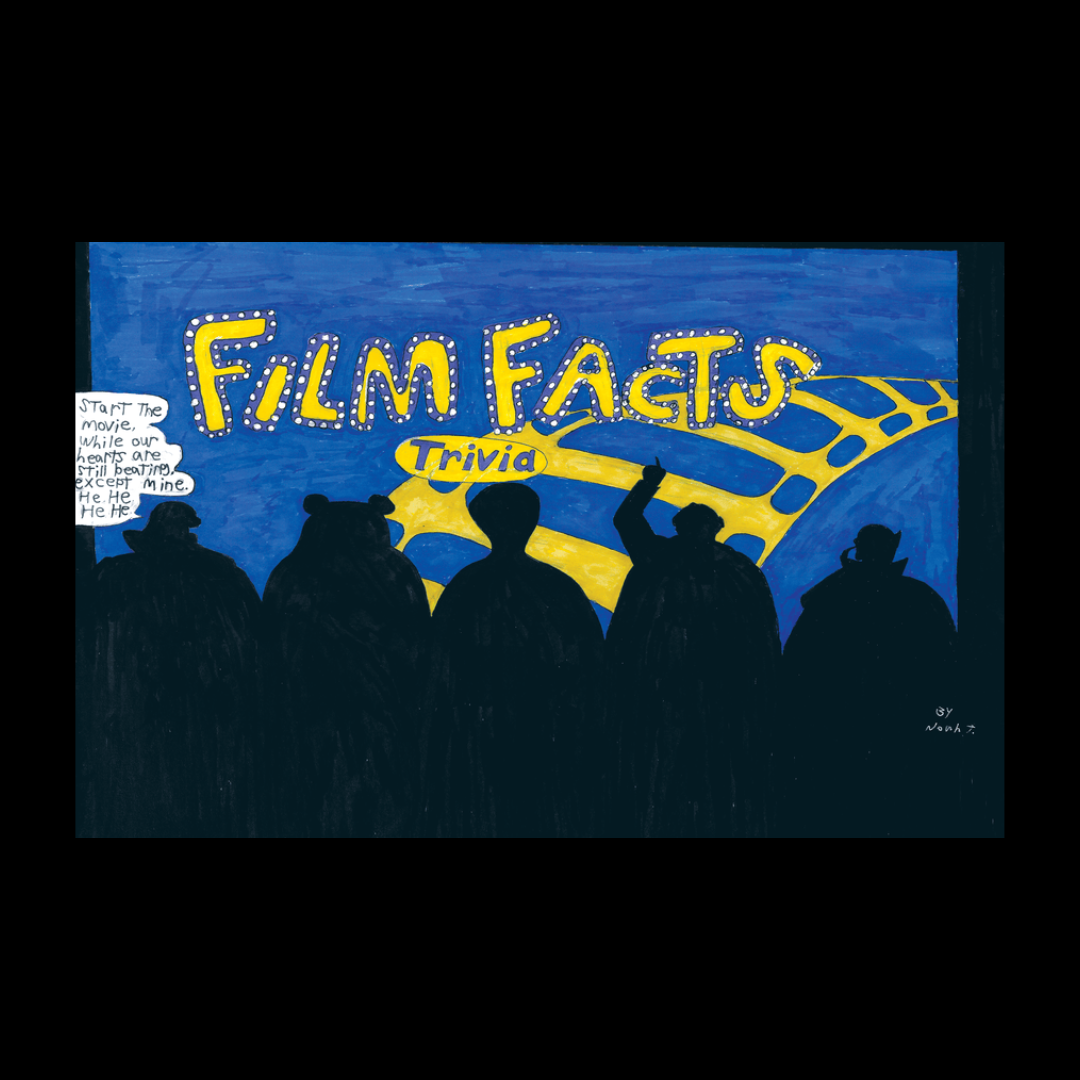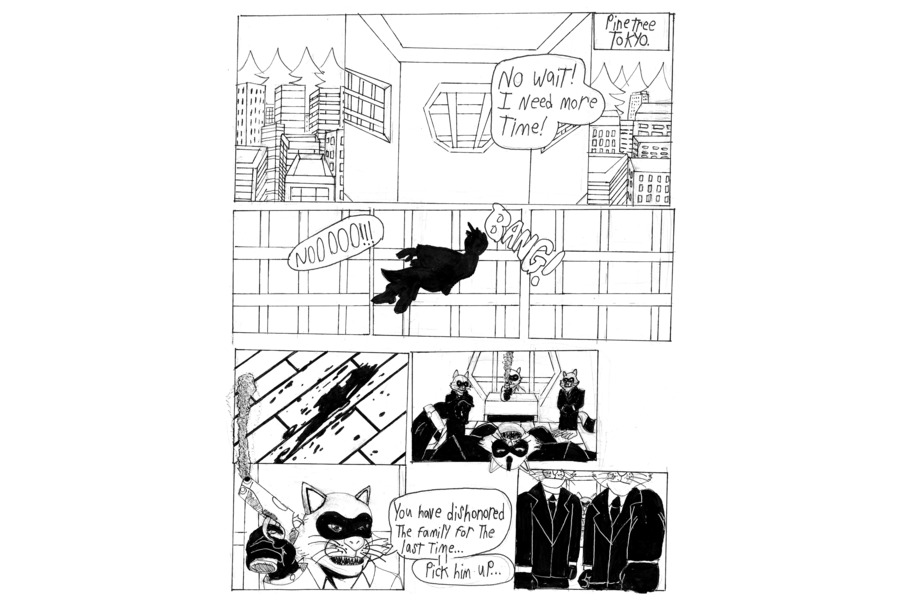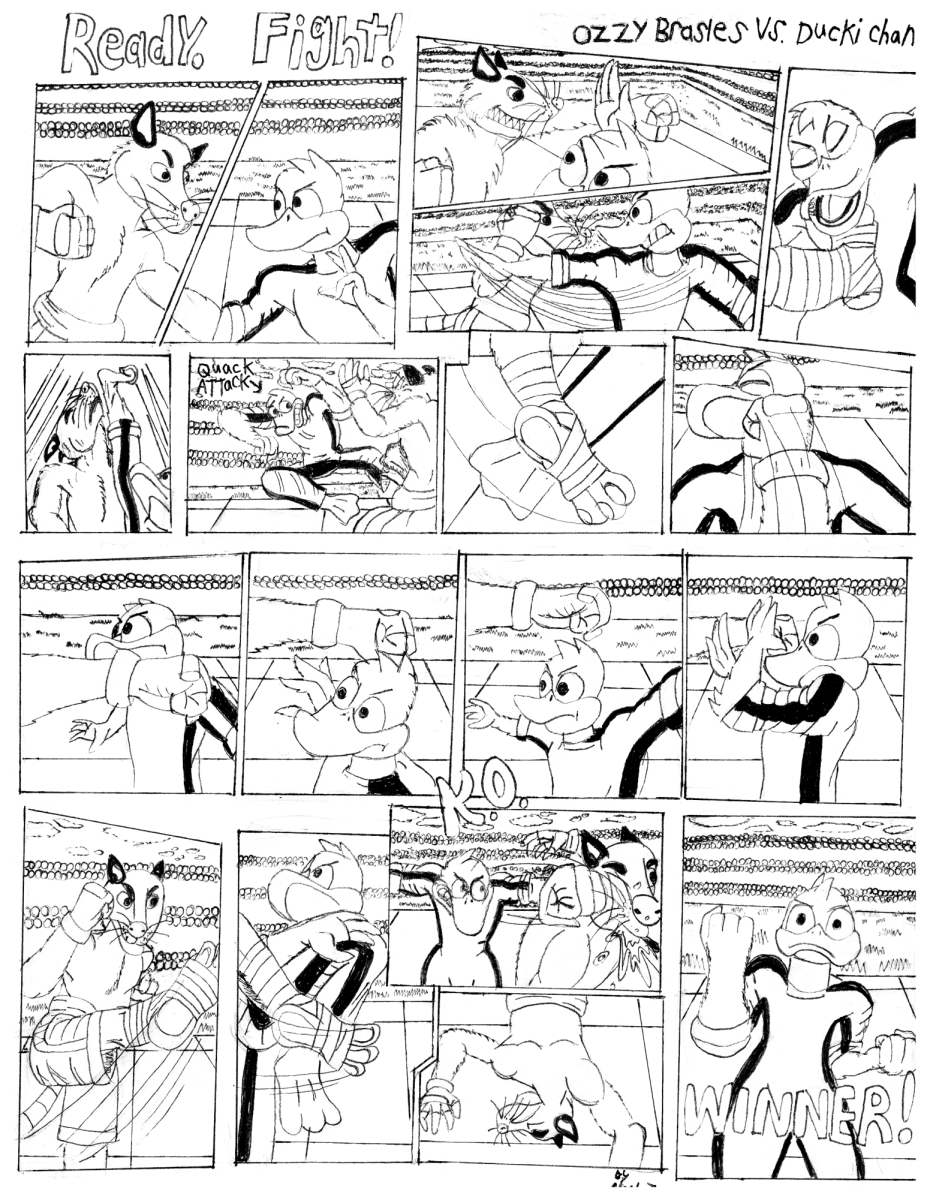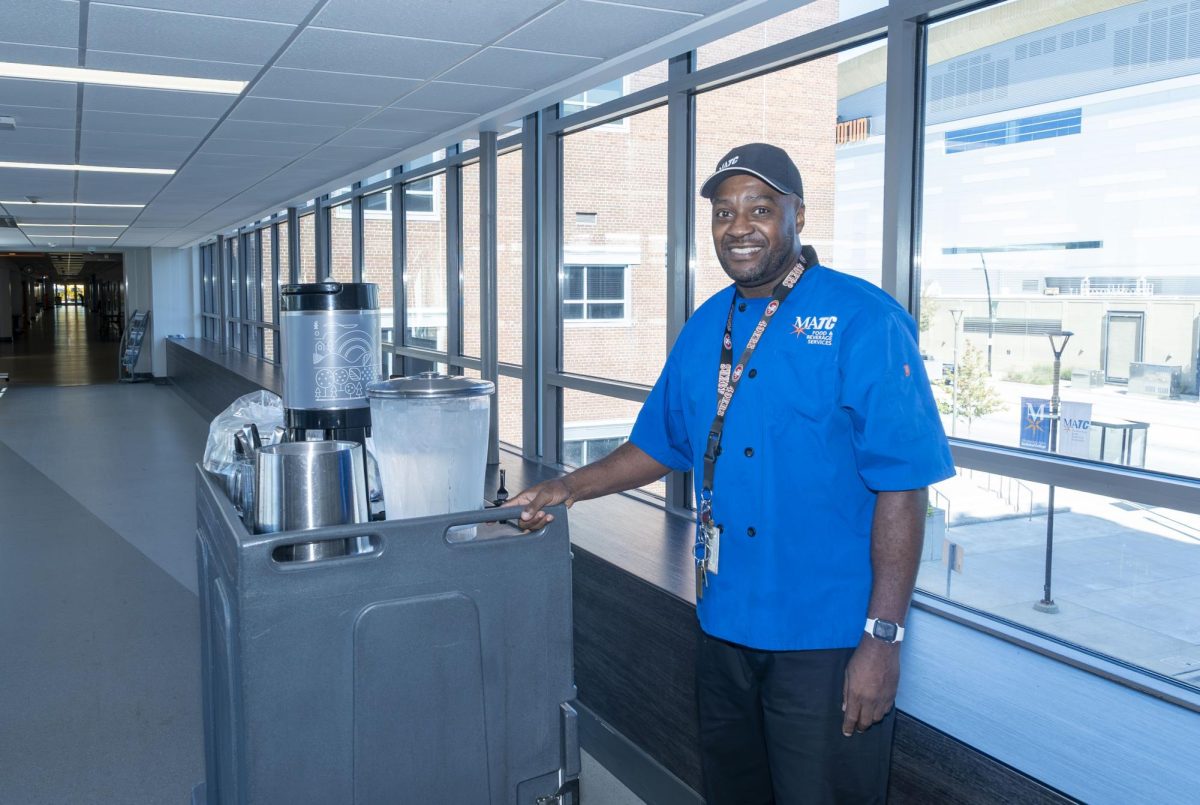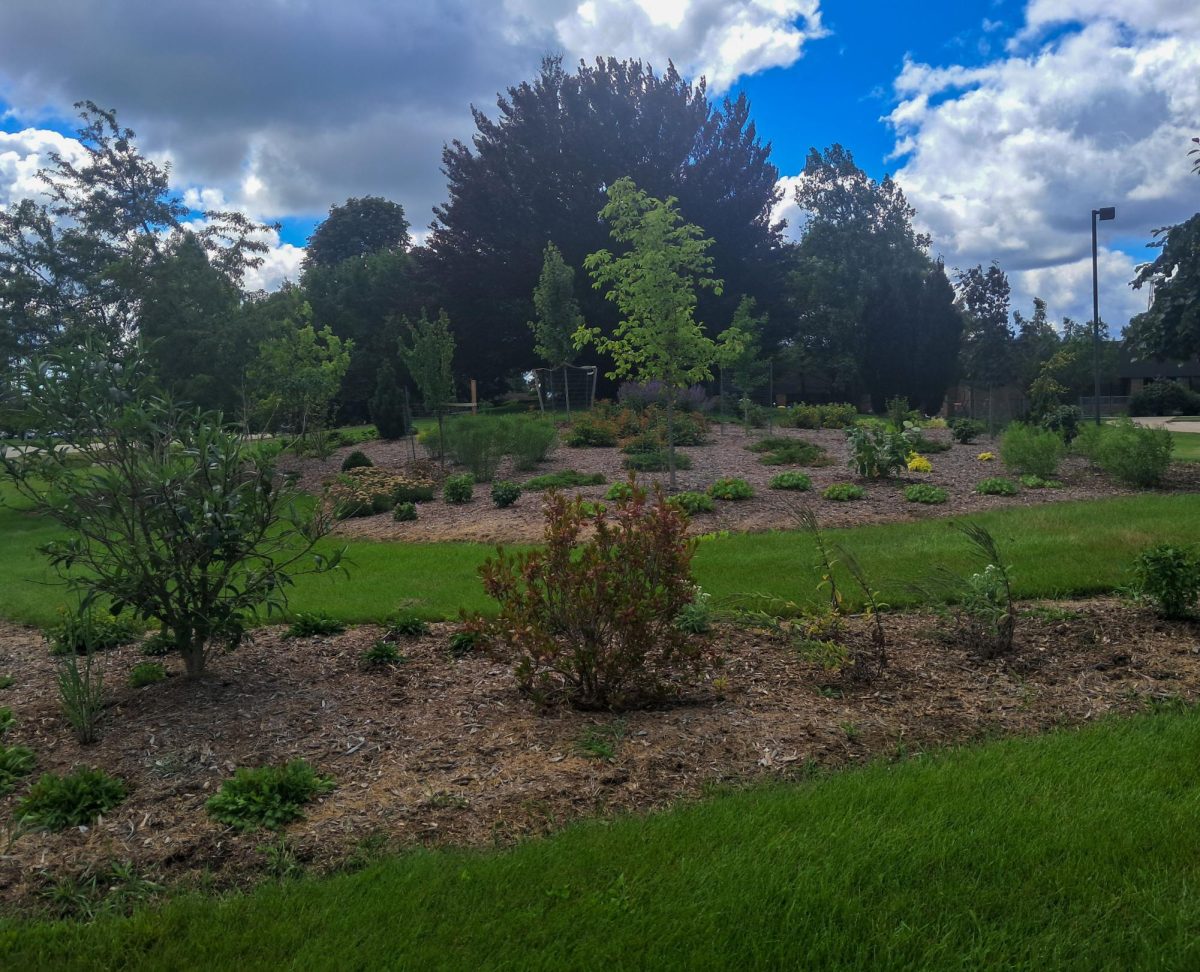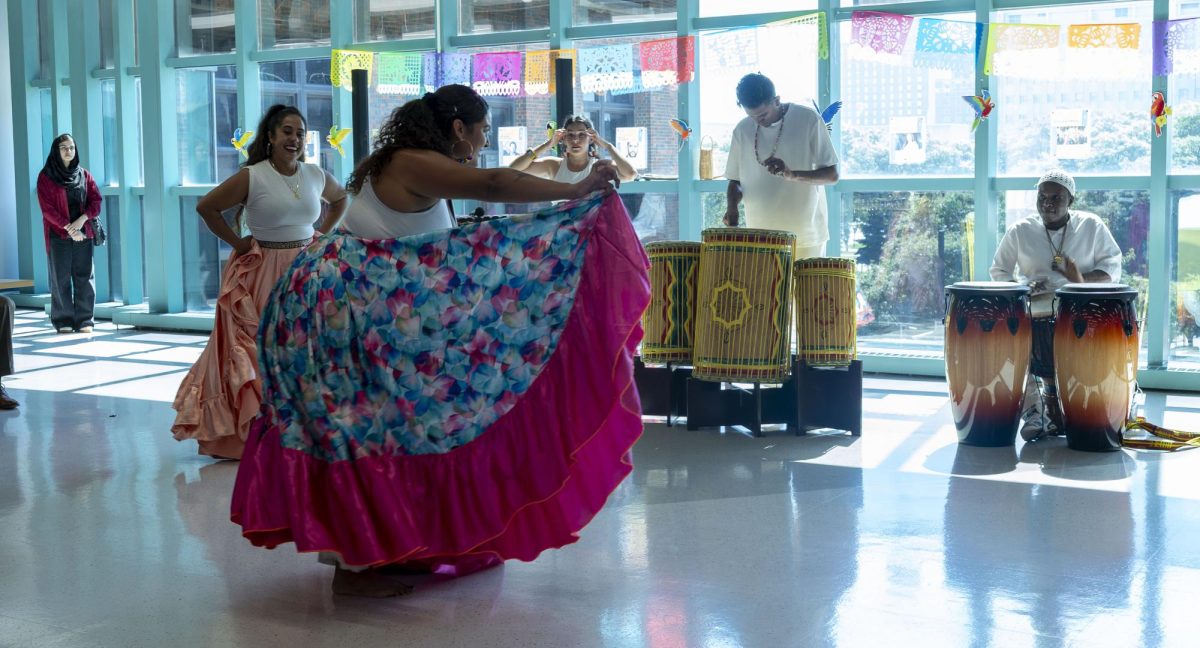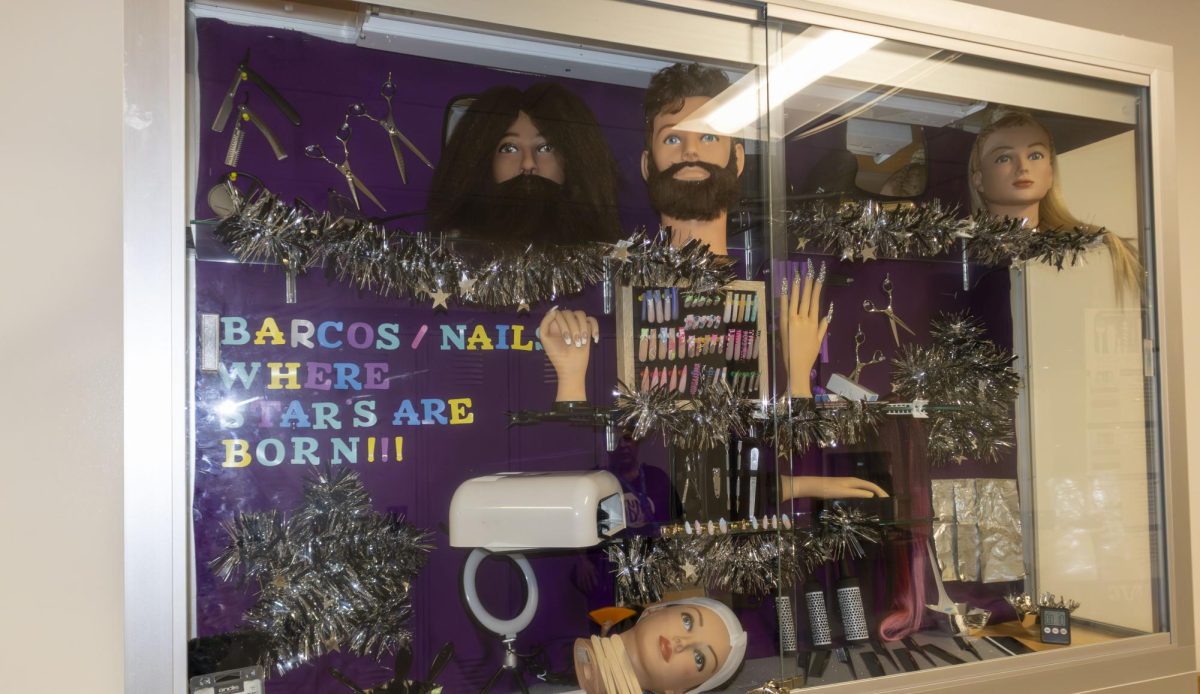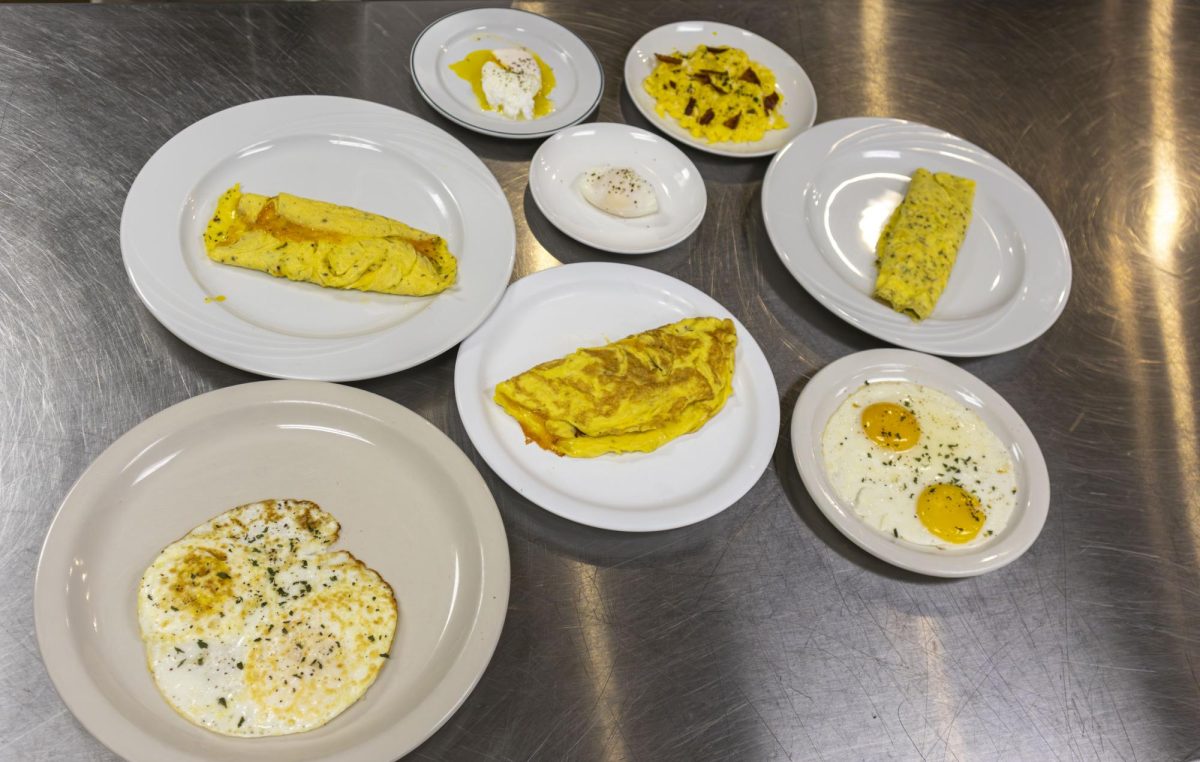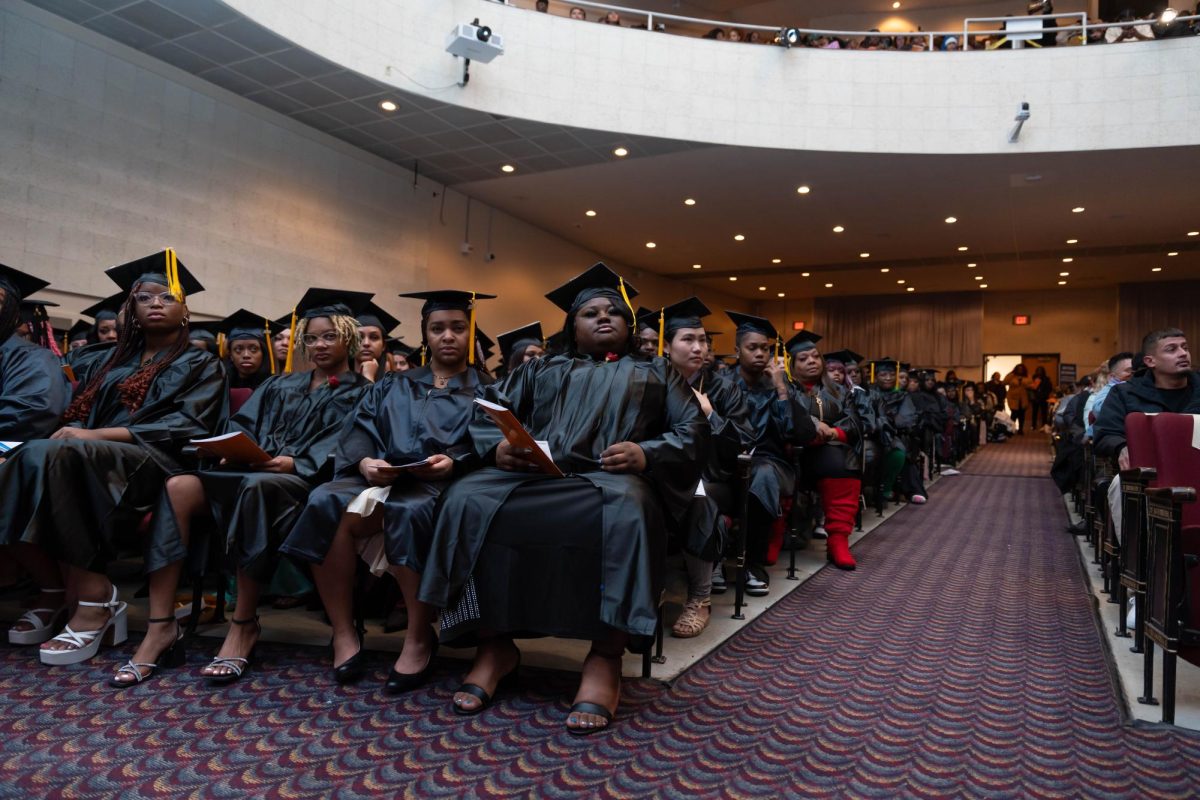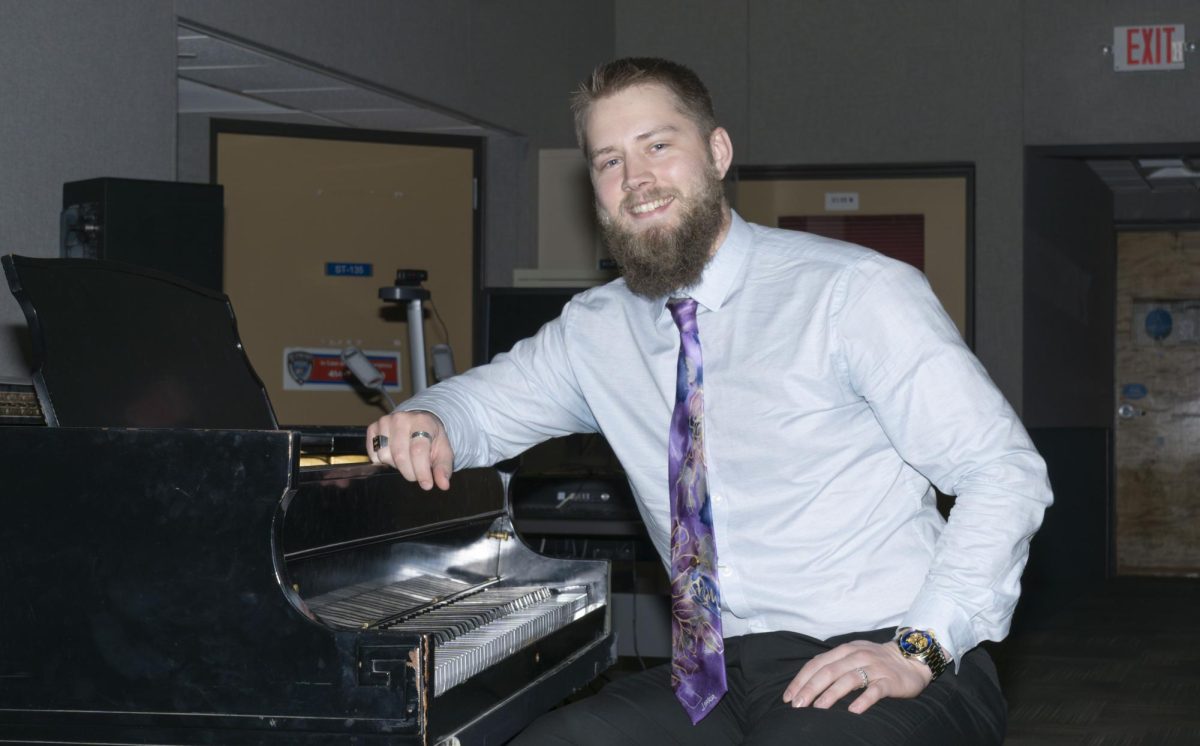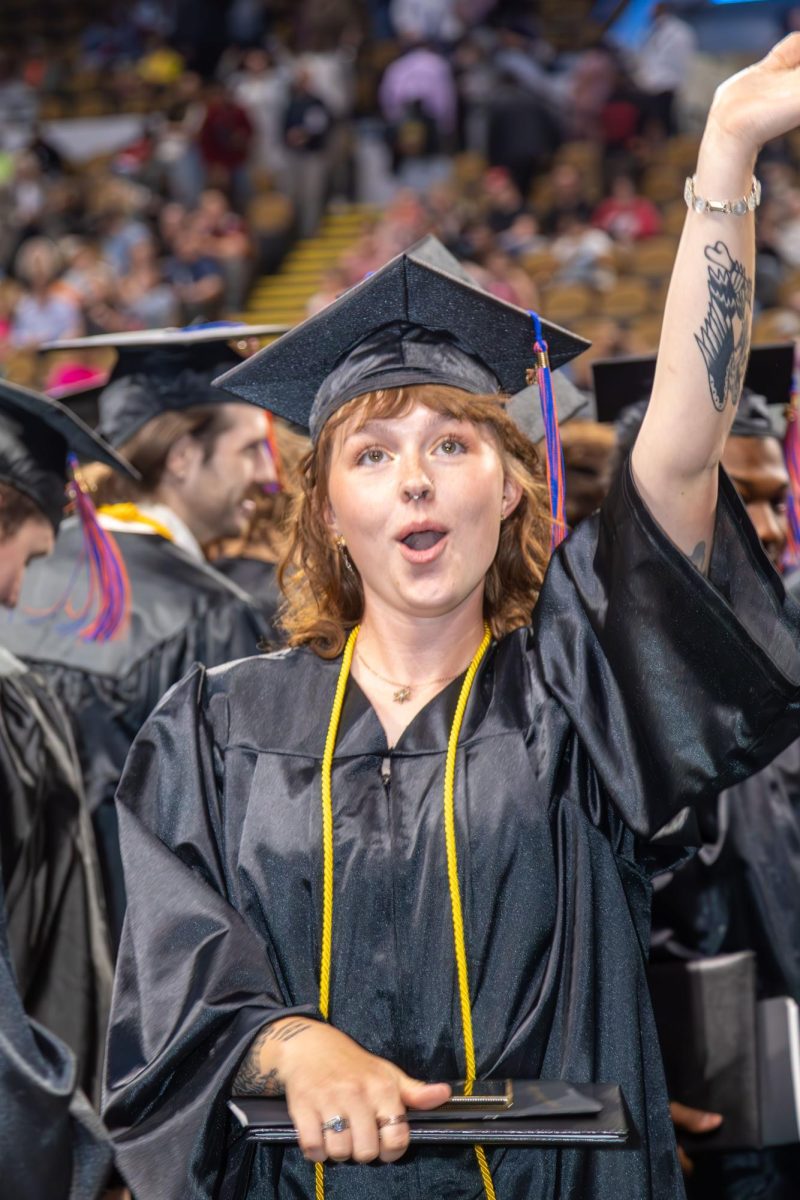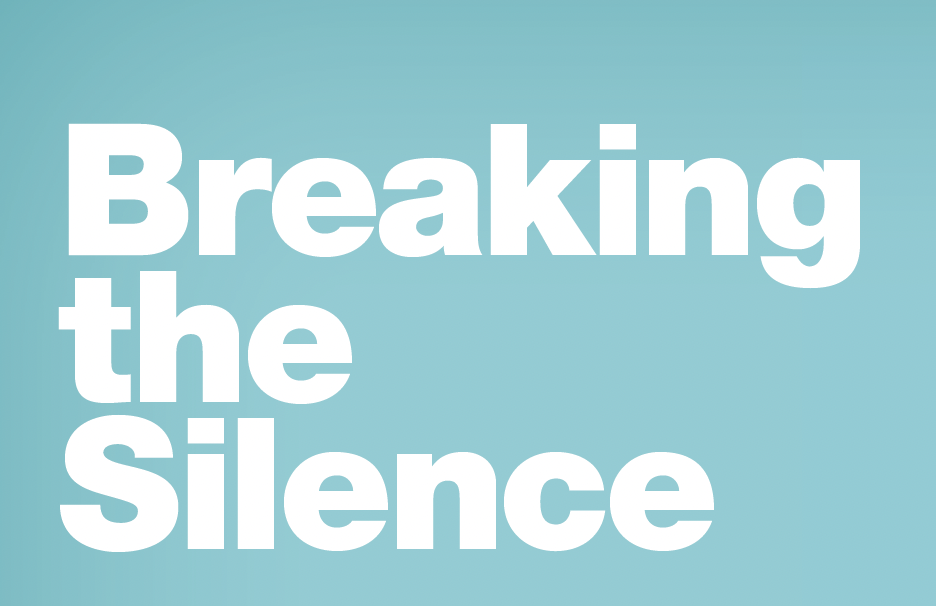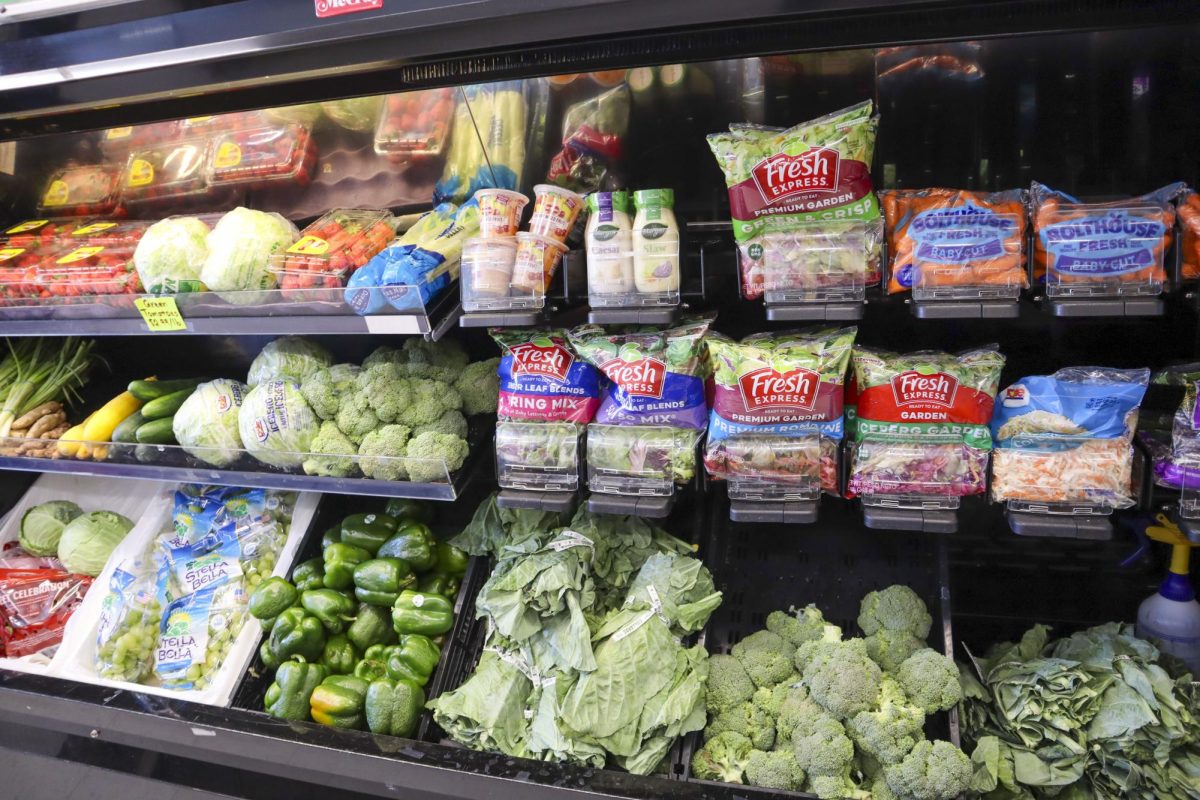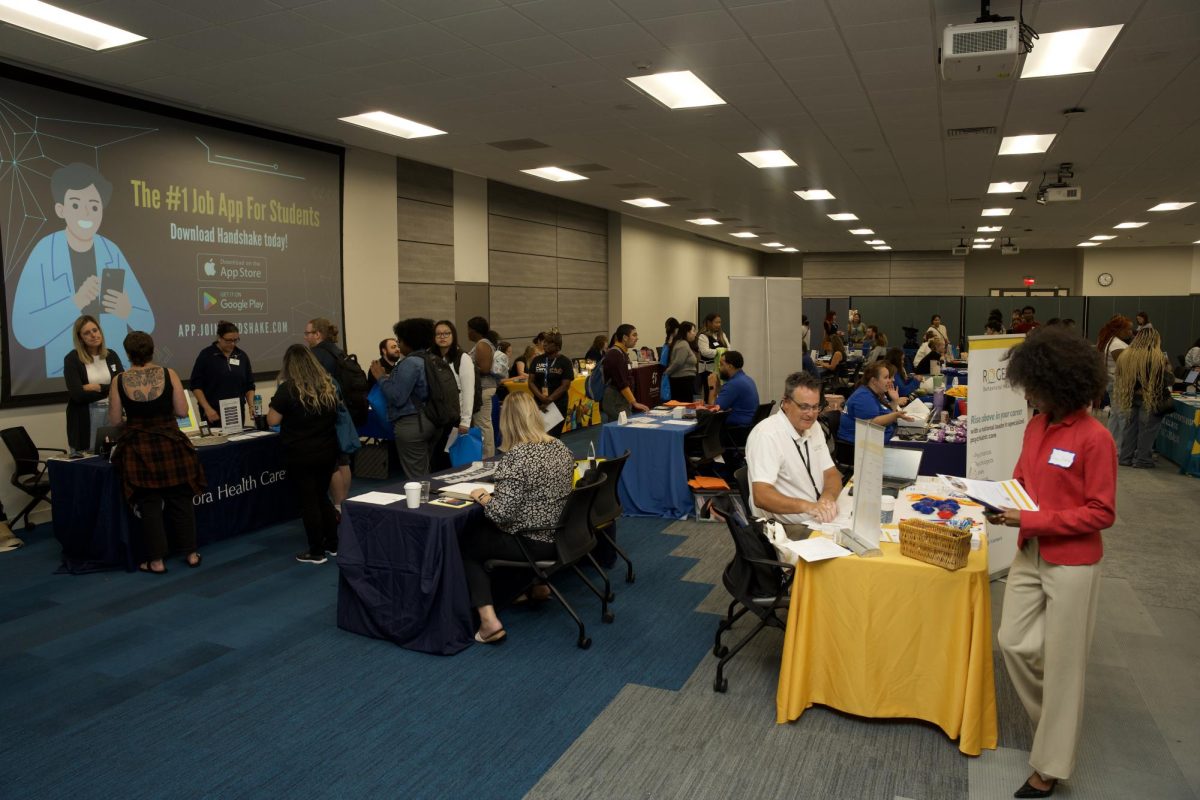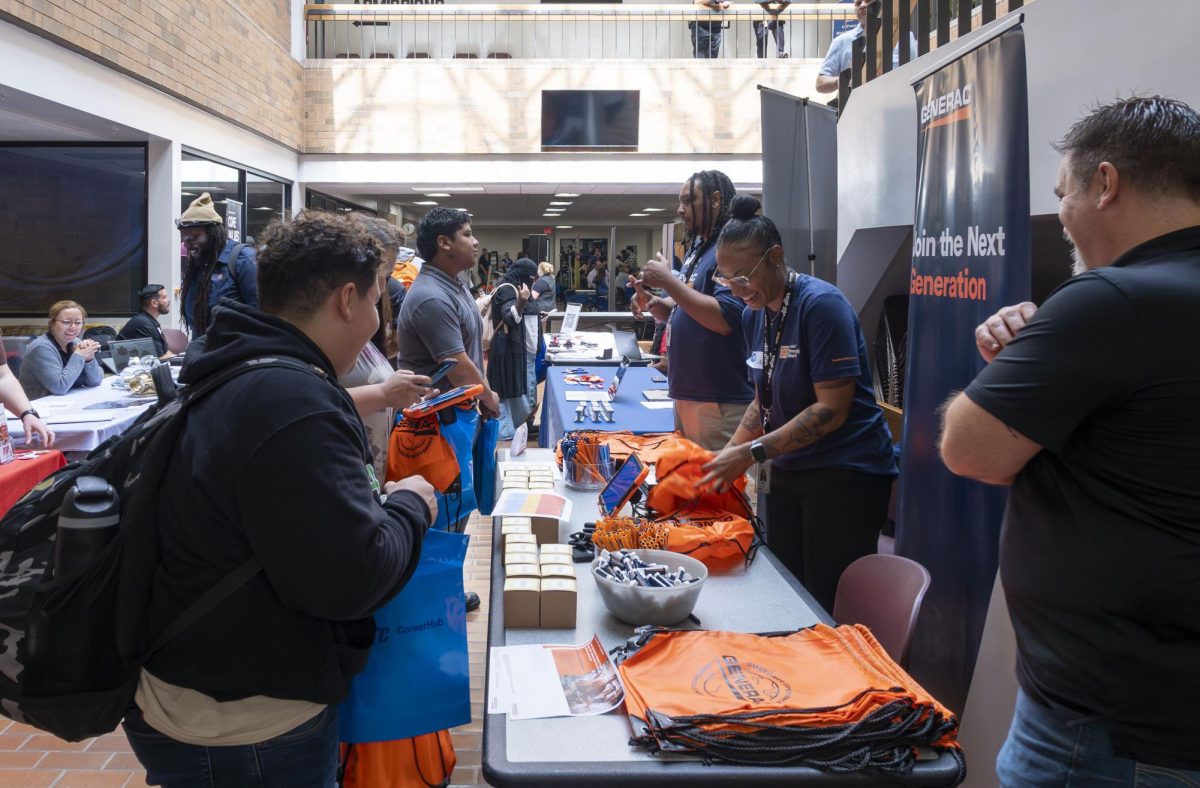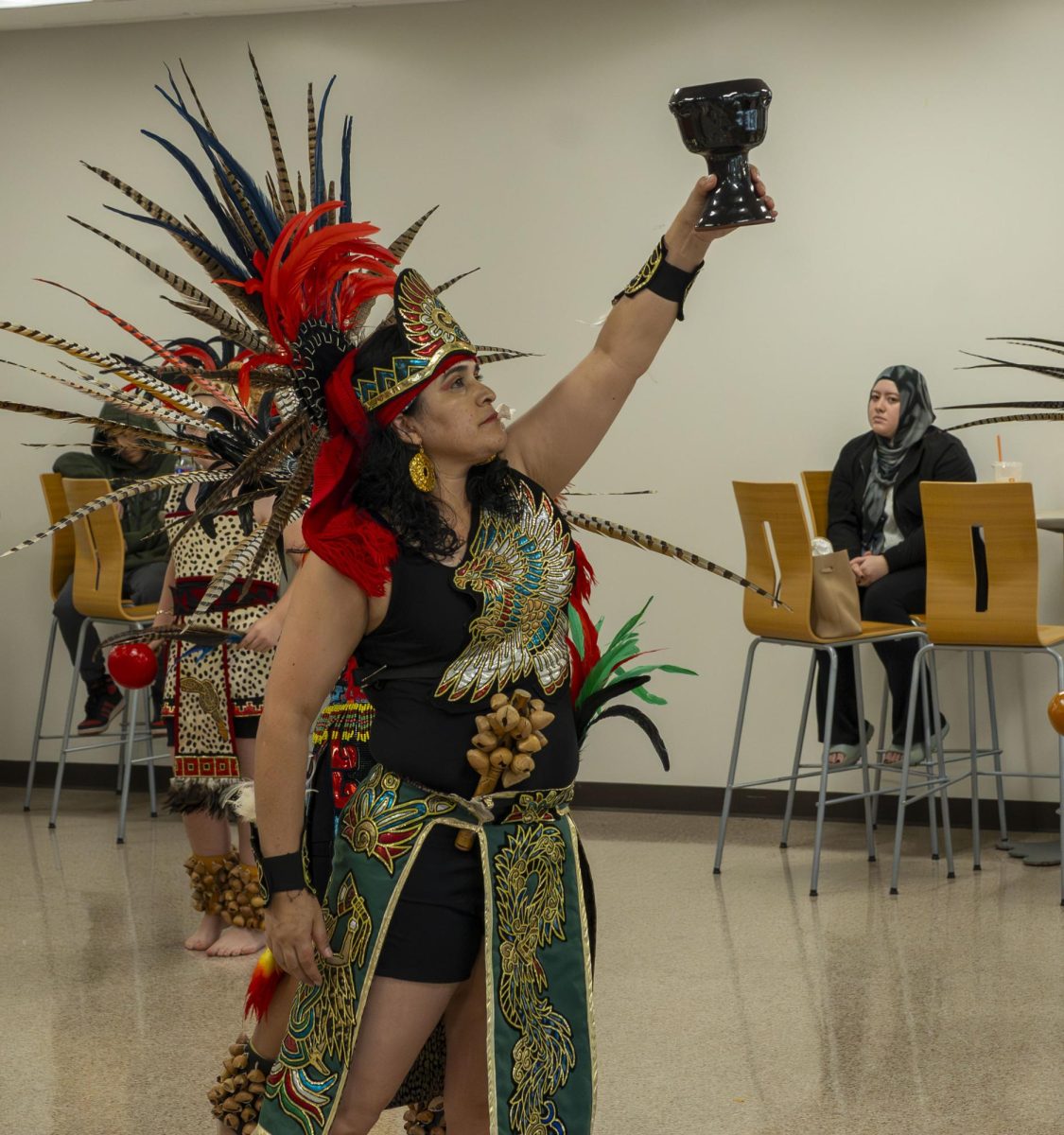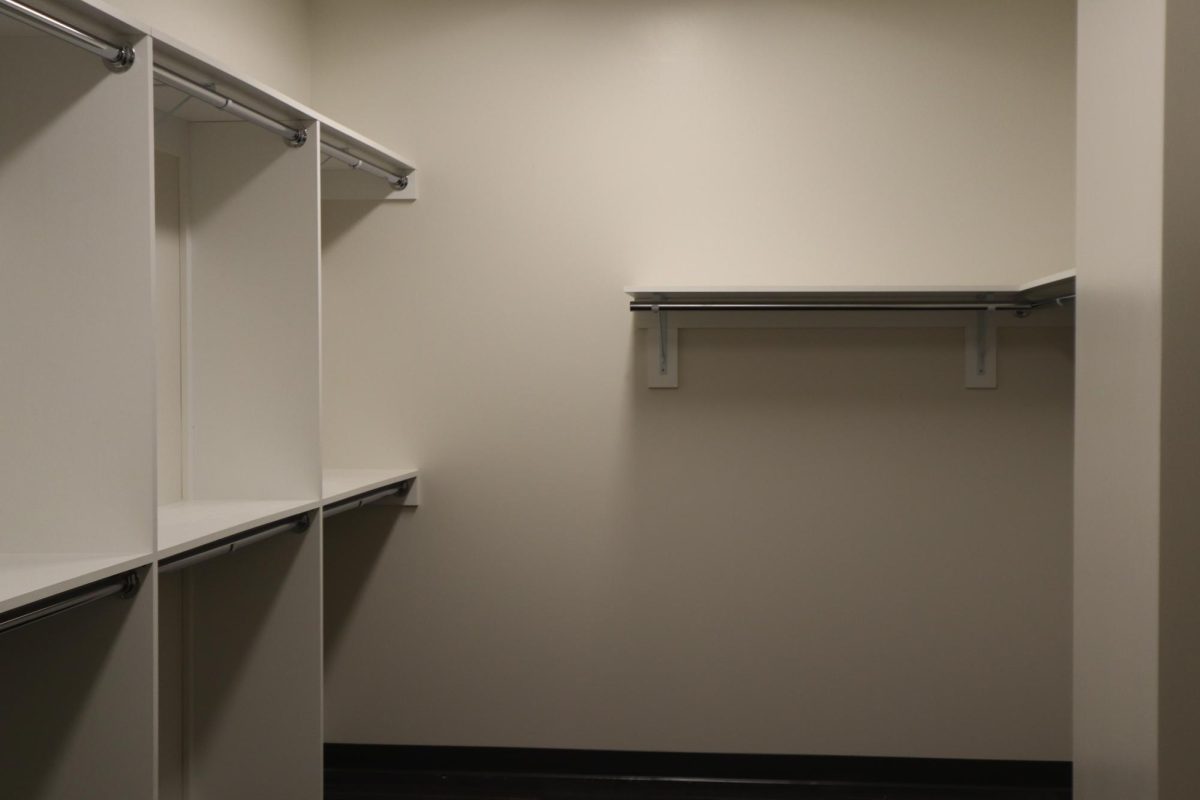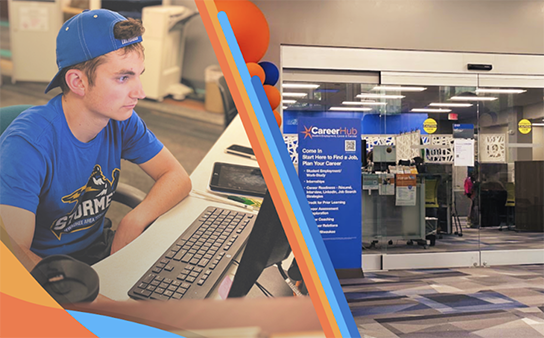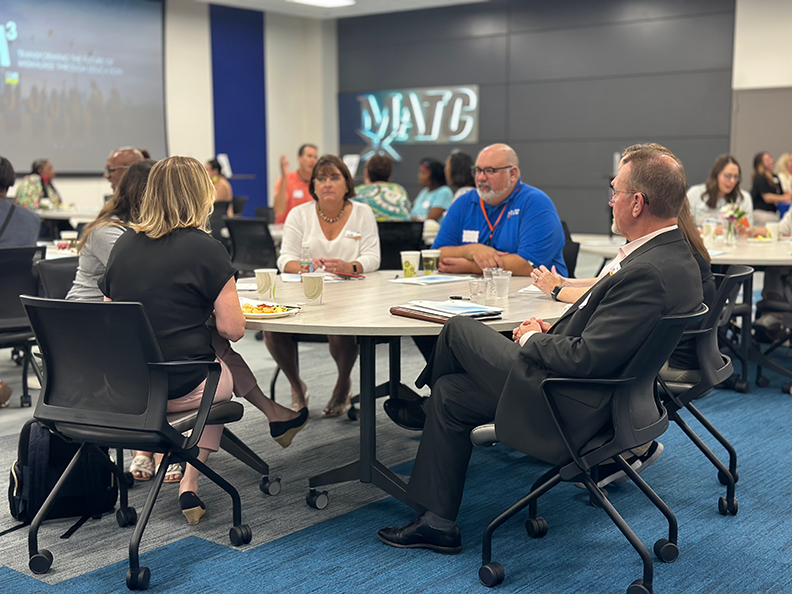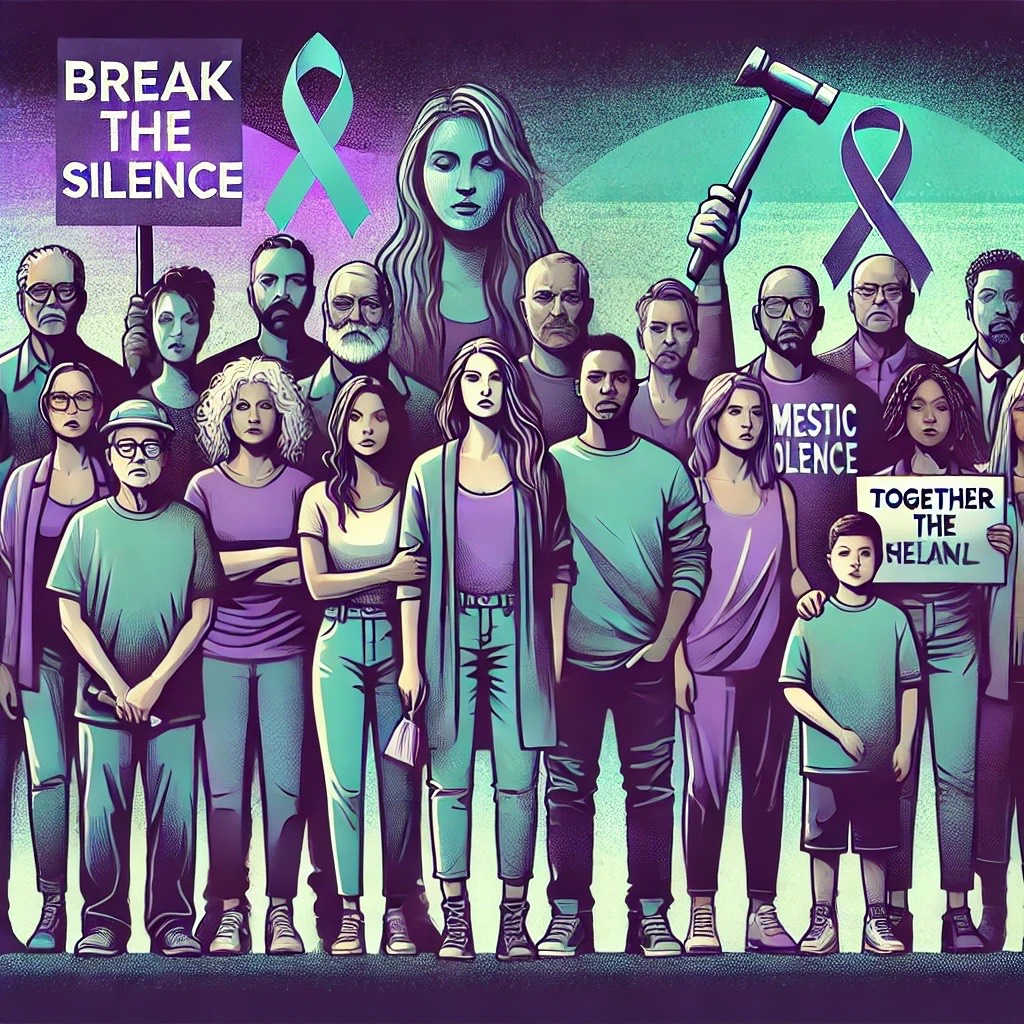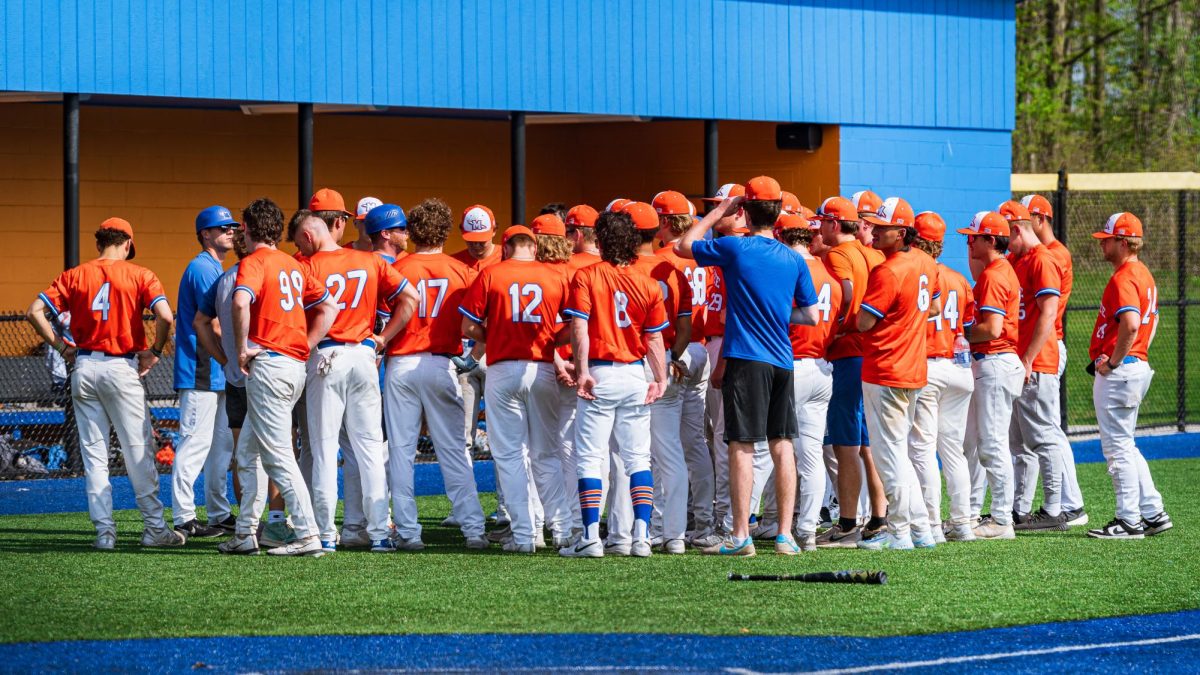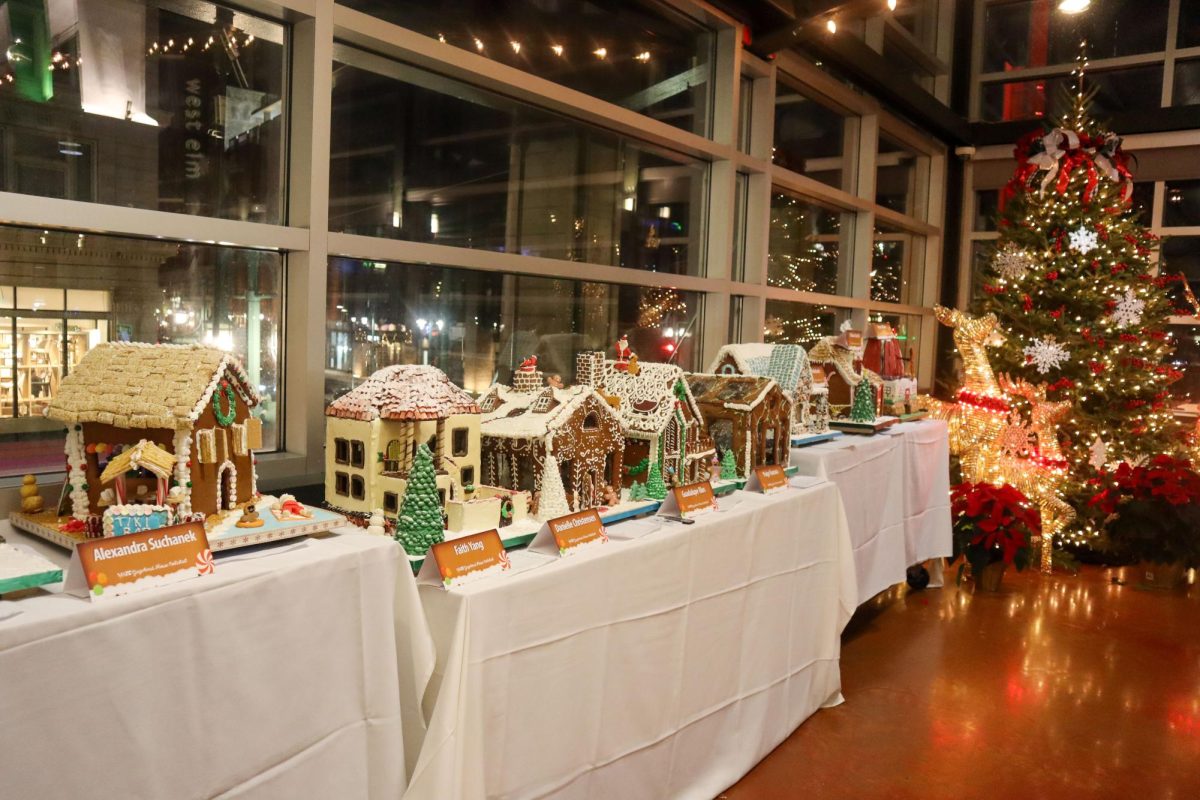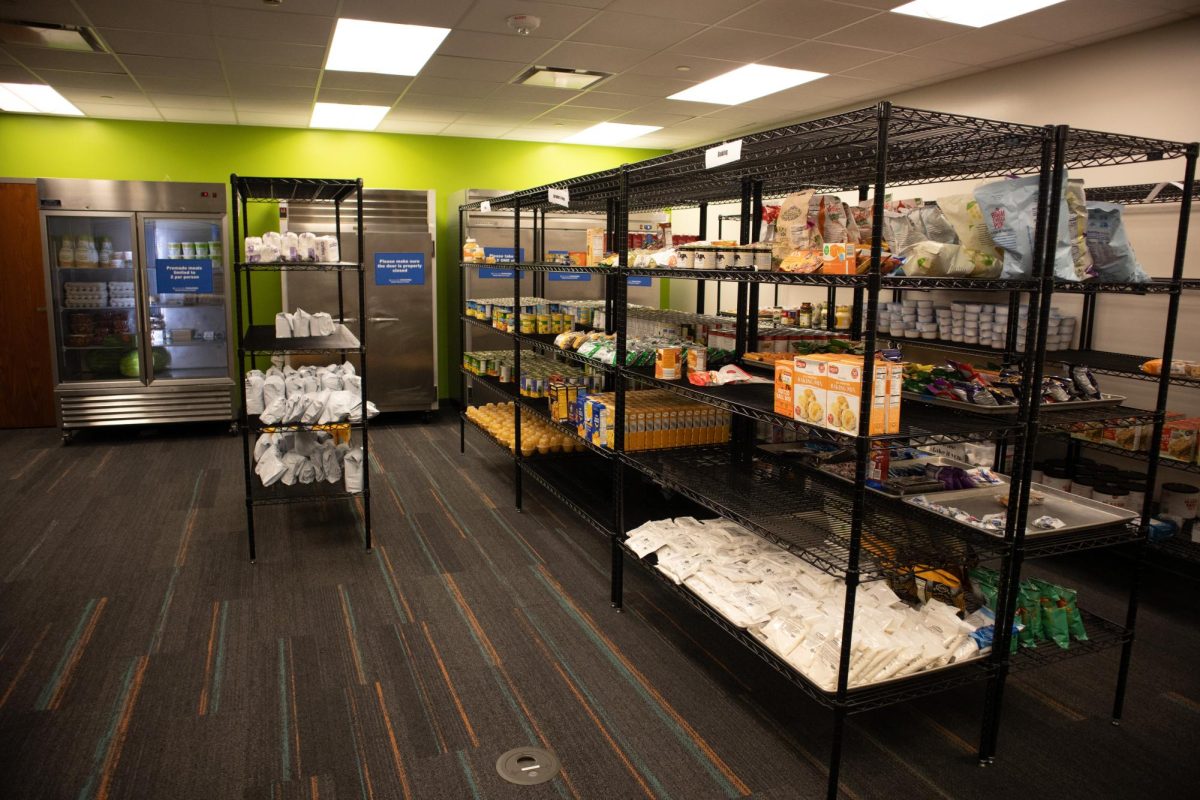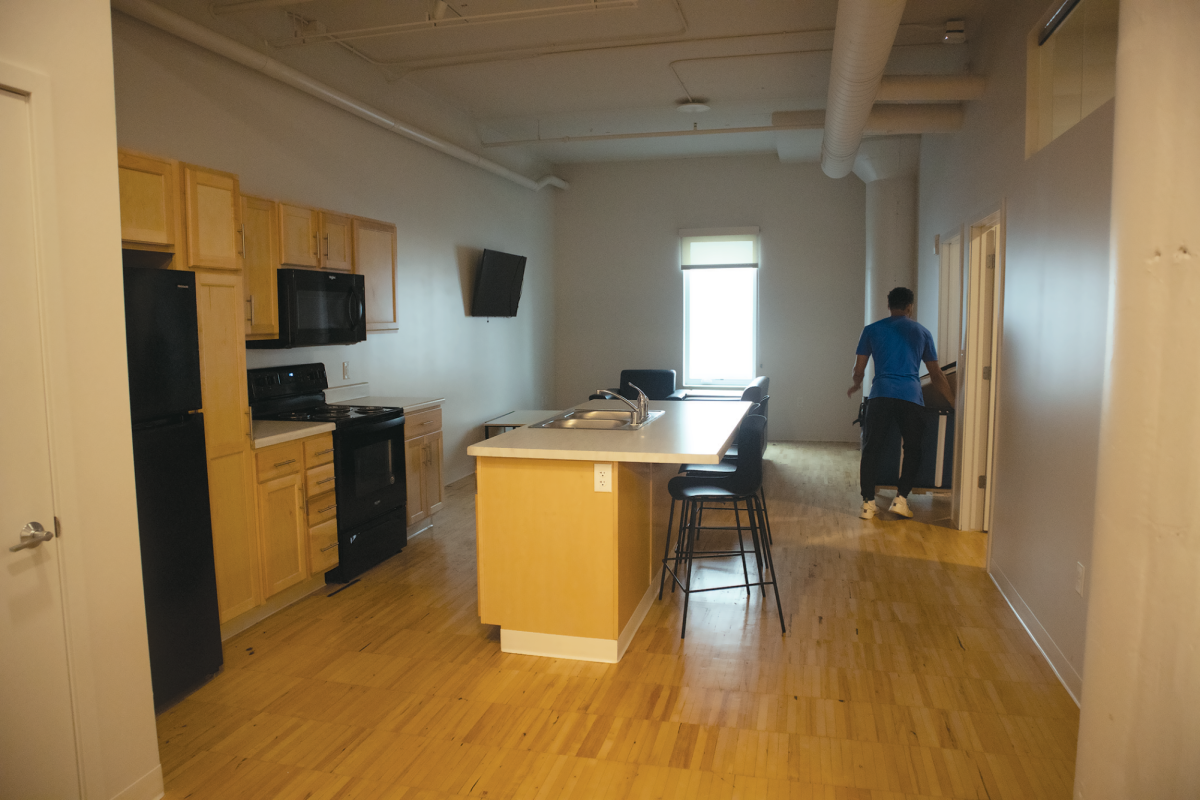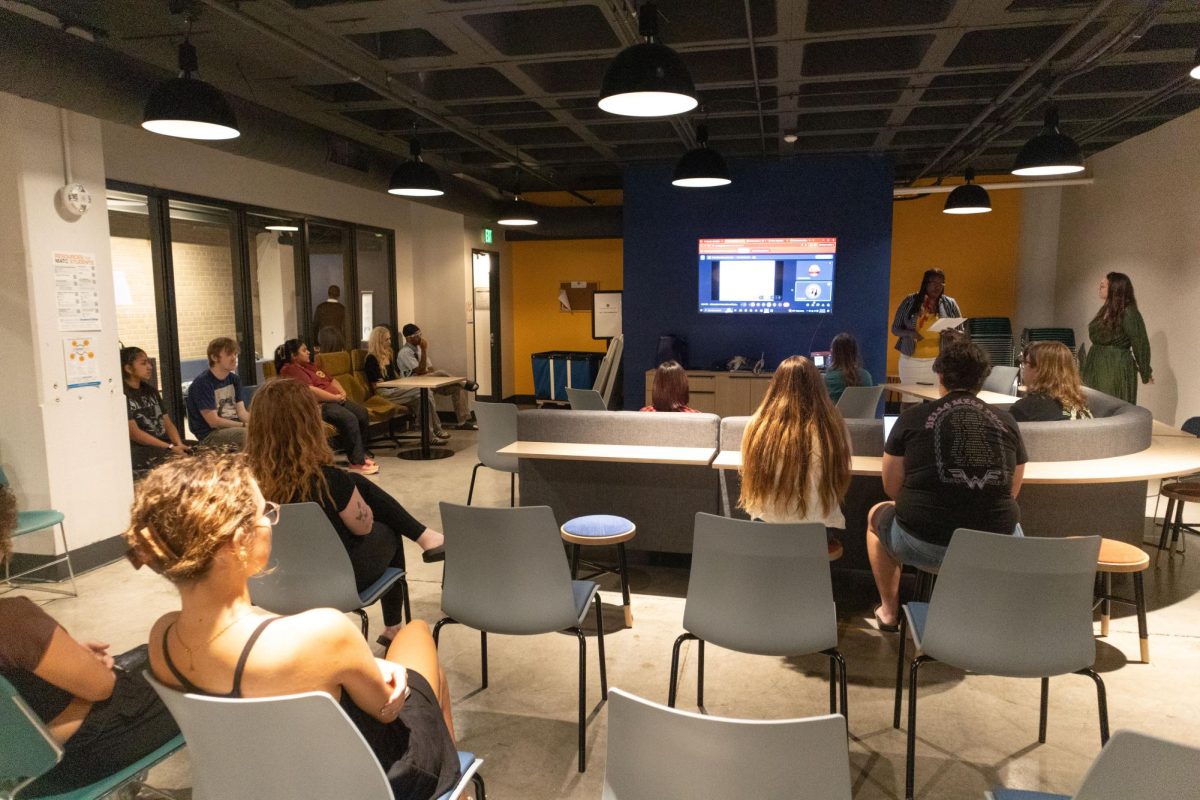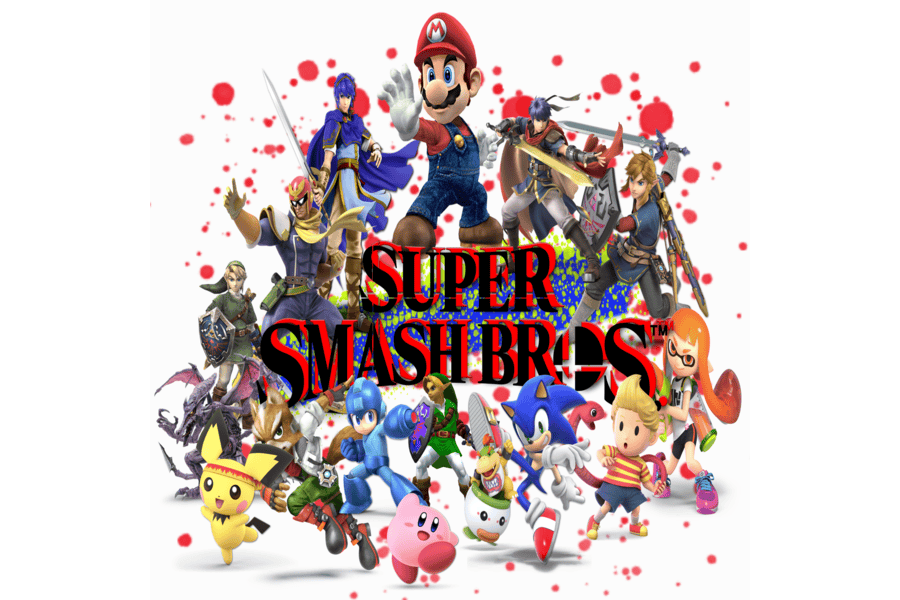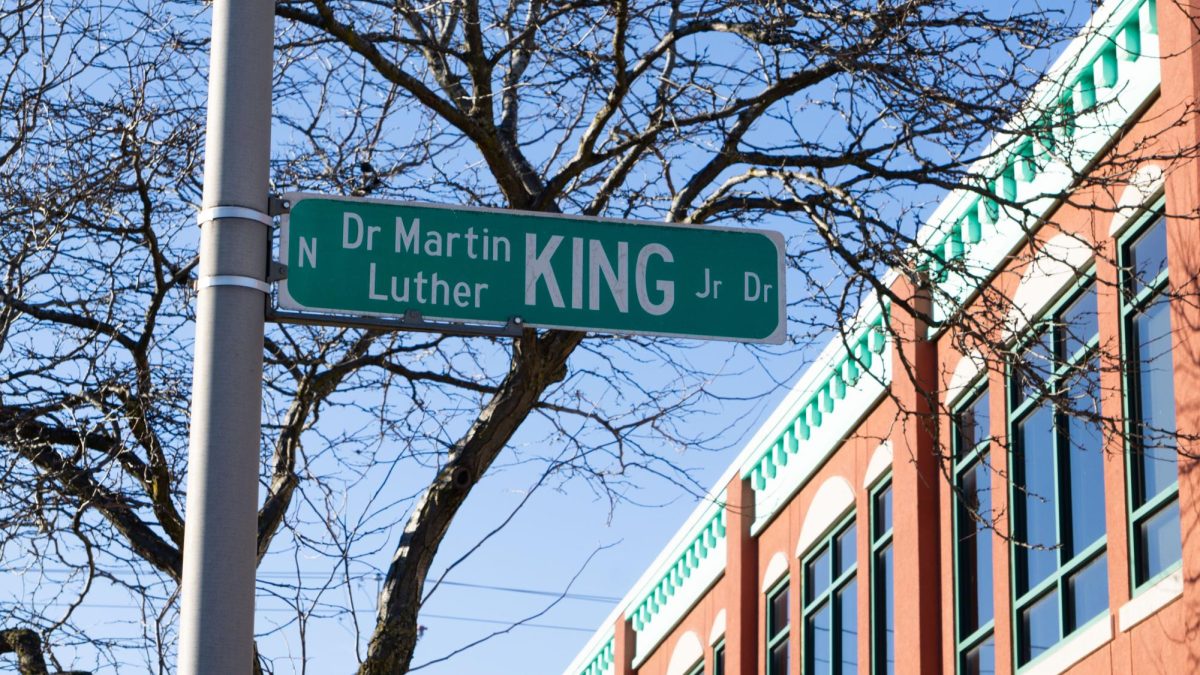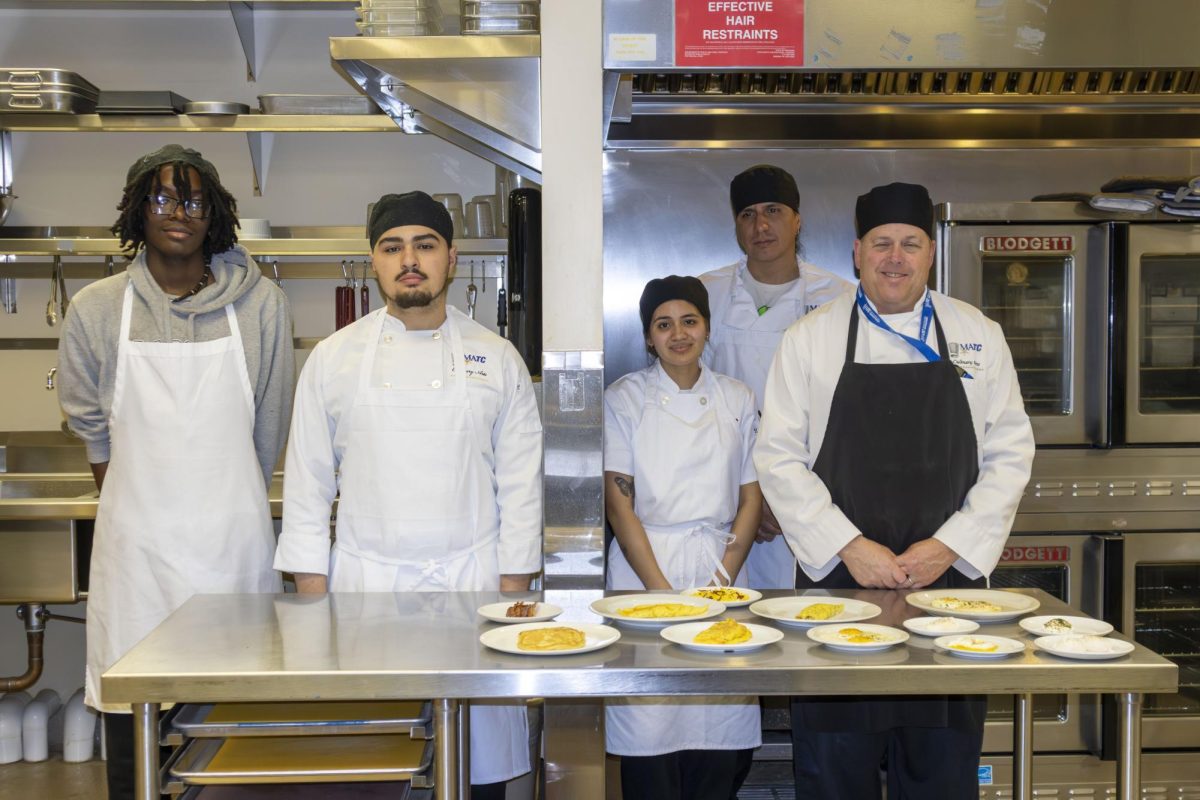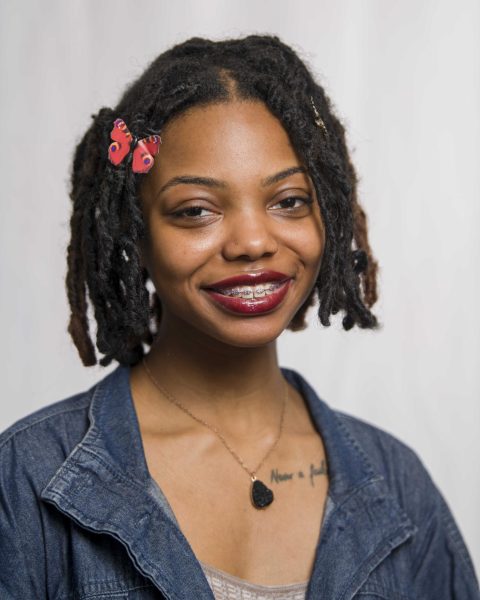Chef Paul Carrier, Culinary Arts lead faculty/chairperson, has served in the food service industry for 45 years. As a top performing and highly skilled Chef, he is proud of all his accomplishments, he said. His wisdom in the food service industry is shown in award certificates like his American Culinary Federation award Chef De Cuisine. The Chef’s awards fill the walls of his desk, his classroom, and on the walls of his A rated kitchen located in the M Building at the Downtown Campus.
He has worked side-by-side with Chef Paul Barlotta, who is the co-founder and owner of the Bartolotta Restaurants. For more than 30 years, he has taken his talent to kitchens all over the world – from Italy and Paris to New York and Las Vegas. He is also a two-time James Beard award-winning Chef.
Chef Paul Carrier’s favorite mantra “Travel light, Live light, Spread the light, Be the light.” is a classic he lives by. And it’s apparently been working, with Culinary Arts enrollment up and at capacity.
He provided me with insight on the firmly established program and what it offers.
“The program has very deep roots. It started over fifty years ago in the 1960’s. It (was) known as the Restaurant Hotel Cookery Program mainly catered to gourmet hotels and restaurants in Milwaukee. Since it’s branched out, there’s all kinds of restaurants. There’s fast-casual, casual, fast food, commercial, hospital, ball park, stadium food services, food trucks, and all different types of casual themed restaurants that we cater to.
Not everybody comes into the program wanting to become a chef. They may want to learn about food or maybe start an in-home business. About two-thirds of the students in the program bought their own business, worked from home and prepared their own meals. Twenty years ago, everyone wanted to work at 5-star hotels, but that’s not the case anymore. The art is more casual and more in the moment now. Cooking is expanding towards becoming more exclusive. People like to travel to a destination and try different foods, that’s very popular now.
We are well known throughout the region and we have about 150 students currently in the program. Two-thirds of the students are part-time and one third is full-time. We accept everyone, individuals from all walks of life can do this. We have students in their late 70’s down to 15-years-old. They have students in wheelchairs in the program. Everyone is welcome, we don’t turn anyone away.
Everybody has their own concept of what food is, what they want to learn. We take that and let them learn. From high school students to students who decide to come back after having a career. One thing I’ve done is break down that ‘this is not your father’s Culinary Arts program.’ We’ve totally changed the concept to make it accessible to everybody. If someone just wants to come in to take classes and not pursue employment and do it for fun that is great. I highly encourage it!”
Chef Paul shares how students can join the program and the Digital Badges provided for students:
“We open it up where you can take certain classes and you’re able to as long as you complete requirements to graduate. We have digital badges for students who don’t want a degree. They go on to start their own business or work for someone. That’s who we are, we are here for the students, we are here for the community. We are here to take someone’s desire to learn cooking, to learn the business and envelope that and ensure success. You don’t have to want to work for someone after you complete the program. You can create your own environment. Some students want to be food writers, some students want to learn about something they never have. They want to work in their own right mind. Some students are just finding themselves, some if not most students find this as therapy even though it is a lot of work.”


